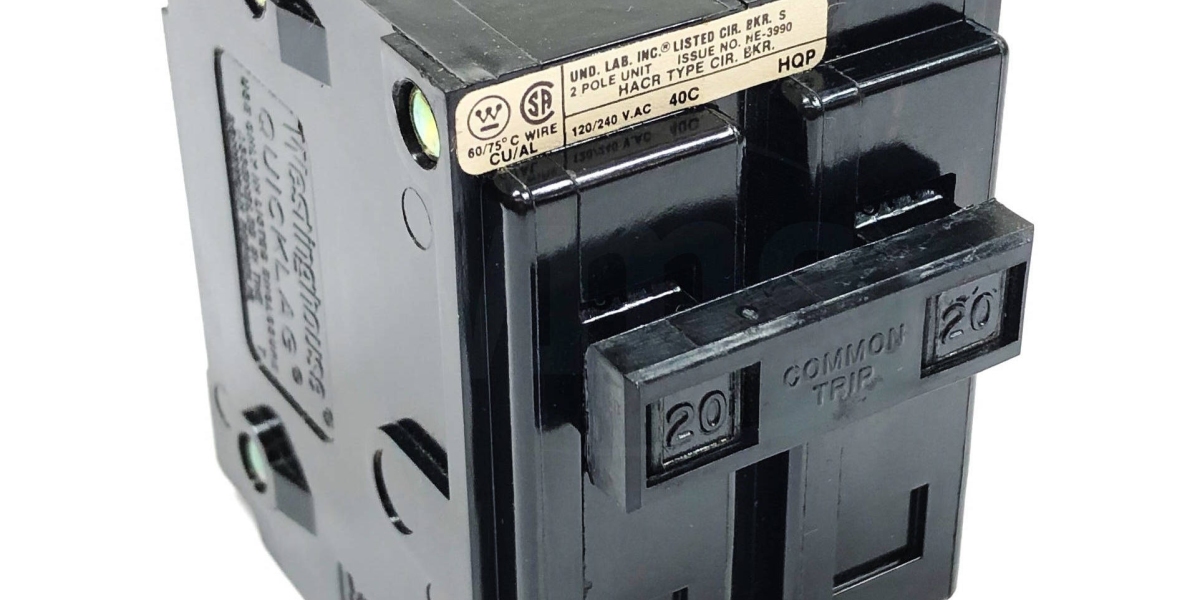Vacuum circuit breakers are capable of switching rated currents thousands of times. They can also handle short-circuit currents dozens of times.
They have high breaking capacity, good insulation capability and multiple reclosing cycles. They dont use oil and dont produce fire or explosion.
When the contacts separate during a fault, an arc is struck between them. This arc is generated by the ionization of metal ions.
Insulating Medium
Vacuum circuit breakers use a vacuum to insulate the moving contacts from each other. Unlike air or SF6 circuit breakers, they operate in a matter-free environment, making them much smaller and less expensive than other types of high voltage switches. They also have a longer service life and require almost no maintenance.
When the contact plates separate, they produce an arc which is ionized by metal vapors from the contacts. These ions diffuse and dissipate quickly to extinguish the arc. This process makes vacuum breakers more efficient than oil or air circuit breakers. They can also withstand higher currents and switch fault currents without damage.
In contrast to other breakers that use air or SF6, vacuum circuit breakers do not suffer extreme arcing during a power interruption and do not need to be frequently opened and closed. This minimizes the wear on the contacts and increases their dielectric strength. They are also more environmentally friendly, as they do not release any greenhouse gases or other harmful substances into the atmosphere.
Because of their low temperature, VCBs are ideal for high-voltage applications such as transformers. However, due to their small size and weight they are mostly used in medium-voltage levels. They can be found in porcelain-insulated switchgear and are popular for rail applications because they can switch traction current and electrical supply.
Arc Shield
Vacuum circuit breakers are very simple in construction compared to other types of circuit breakers. They are mainly made up of fixed contact, moving contacts and an arc shield which is placed inside the arc interruption chamber. They are also very efficient and have long life span. Their exterior envelope is made up of glass which helps in examining the vacuum circuit breaker from outside after its operation. If the glass gets milky from its original silvery mirror finish, it means that the breaker is losing its vacuum.
During the normal operation of a vacuum circuit breaker, the current to be interrupted is tiny in the gap area between the movable and the fixed contacts. As the gap is opened, the current divides into multiple parallel arcs that oppose each other and spread across the contact surface. This arc is called diffused and can be easily interrupted by removing the metal vapors from the contact surfaces quickly.
This way, the internal dielectric strength recovers very fast after the arc is broken and no leakage occurs. The arc shield prevents the deterioration of this dielectric strength by preventing metallic vapor from falling on the outer insulating shell and ceramic envelope. The arc shield is operated by stainless steel bellows to move up and down. This mechanism is highly effective and improves the reliability of the breaker.
Moving Contacts
Vacuum circuit breakers have a higher insulating strength than other types of circuit breakers. They are also much more efficient and compact and require bare minimum maintenance. Vacuum circuit breakers have a much longer service life than other types of circuit breakers. This makes them suitable for a wide variety of applications.
The moving contacts are made from copper bismuth or copper chrome. These contacts are placed inside an arc shield and they are connected to a spring mechanism that operates metallic bellows that are made from stainless steel. The movable contacts move away from the fixed ones for a distance of 5 to 10 mm, depending on the voltage range of the circuit breaker.
When the current-carrying contacts separate in a vacuum circuit breaker, an arc is struck between them. The arc is quickly extinguished because the metallic ions and electrons produced by the arc are diffused over a large area and seized by the surfaces of the moving and fixed contacts and the arc shields.
The arc interrupting chamber of the vacuum circuit breaker has a high-pressure tank that maintains the vacuum at around 10- 6 torr. It has a glass envelope that allows for the examination of the breaker after operation. If the color of the glass changes from silvery mirror to milky white, then it is a sign that the breaker has lost its vacuum.
Closing Mechanism
Vacuum circuit breakers have a number of unique properties that make them superior to other types of power breakers. In particular, their short gaps and excellent recovery allow them to interrupt fault currents much faster than other types of switches. They are also less bulky and require significantly less maintenance than their oil-insulated counterparts.
When a vacuum circuit breaker is closed, the contacts are separated by a magnetic force that is proportional to the amount of current passing between them. This action is controlled by the closing and dividing springs. These springs store mechanical energy that is released when the breaker opens and breaks. The breaker is operated by a manual close button and a manual trip button, the position of which is displayed on a flag indicating whether the breaker is open or closed. The breakers closing and charging motor is driven by the operation of these buttons.
A key advantage of vacuum circuit breakers is their high dielectric strength. This is because the gap between the contacts is very small, and the arc is quickly extinguished by the metal vapor generated during ionization. Moreover, the density of the vapor around the contact surface decreases after the arc is interrupted, so that the breaker can continue to operate without re-striking. This makes them particularly suitable for capacitor switching, which requires a fast and stable performance without re-striking.









